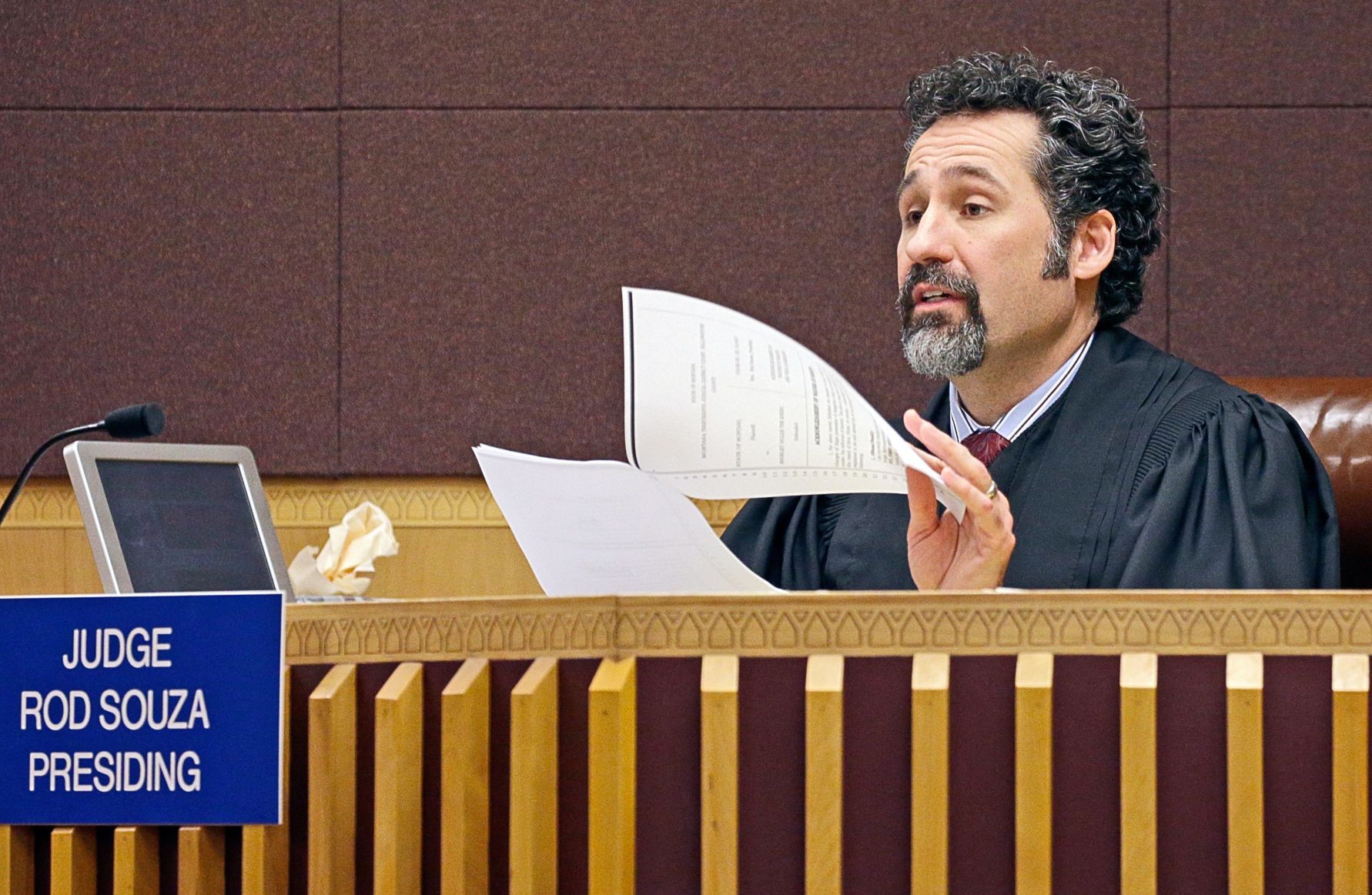Now a grandmother in the fourth season of her life, Linda LeGarde
Grover, Bois Forte Band of Ojibwe, has crafted 50 short essays that
address what she characterizes as “contemporary and historical Ojibwe
life in northeastern Minnesota from my perspective as an Ojibwe woman.”
Each is a finely nuanced reflection on the spiritual and the mundane,
the everyday and the extraordinary, the seasons of the year and the
seasons of a life.

“Our time on Mother Earth will end, but we mindimooyag dash akiiwensii know that when our seasons have completed there is continuity beyond our existence as individuals. Biboon [winter] leads that greater life to what always follows, which is another spring [Ziigwan] and thus the continuation of the story,” explains Grover in her introductory observations.
Written over ten years, the volume of essays is titled Onigamiising: Seasons of an Ojibwe Year (University of Minnesota Press, October 2017). Onigamiising is the Ojibwe word for Duluth, where Grover was born, as were her grandparents—and her grandchildren. A great part of what she is writing about is continuity—of family, language, customs and culture. An important preserver of that continuity for the Ojibwe is storytelling, of which this collection is a superb example.
Considering hankies, moccasins, dream catchers and urban chickens,
Grover escorts us through her personal landscape, recalling a childhood
summer [Niibin] graced by an ersatz vehicle made from the
discarded frame of a worn-out baby buggy, a visit to the
temperature-controlled Tweed Museum of Art on a hot and steamy
afternoon, the gatherings and rituals of women: wedding showers, the
collective sewing of ribbon skirts, and a tea party/luncheon/baby shower
arranged by a plethora of girl cousins—all in the service of Mino-bimaadiziwin, the living of a good life, a concept that is “at the foundation of traditional Anishinaabe teaching and learning,” she writes.
Courtesy Brett Groehler
Linda LeGarde Grover
“Our time on Mother Earth will end, but we mindimooyag dash akiiwensii know that when our seasons have completed there is continuity beyond our existence as individuals. Biboon [winter] leads that greater life to what always follows, which is another spring [Ziigwan] and thus the continuation of the story,” explains Grover in her introductory observations.
Written over ten years, the volume of essays is titled Onigamiising: Seasons of an Ojibwe Year (University of Minnesota Press, October 2017). Onigamiising is the Ojibwe word for Duluth, where Grover was born, as were her grandparents—and her grandchildren. A great part of what she is writing about is continuity—of family, language, customs and culture. An important preserver of that continuity for the Ojibwe is storytelling, of which this collection is a superb example.
Grover talks about the trauma of the boarding school era between 1879 and 1934, when most Indian children were removed from their homes, and notes that the children were not the only ones to suffer grievous harm.
She refers back repeatedly to the federal Indian boarding school system that damaged so many lives and led to what she prefers to call intergenerational, rather than historical, trauma. And she delights in writing about the children, grandchildren, cousins and relatives whom she has had the privilege of helping to raise—all in the gentlest possible lyrical prose that is a joy to read.“The privilege and blessing of raising children were cruelly denied, which hurt tribes and communities far beyond the family unit,” she writes. “The heart’s blood of a nation is its families, and the future of a nation is its children.”
Onigamiising: Seasons of an Ojibwe Year will be published in early October.














